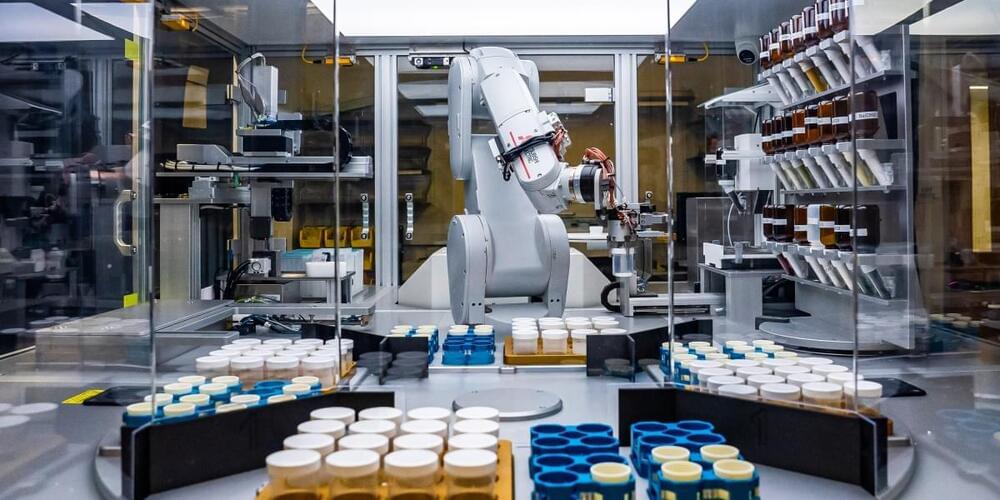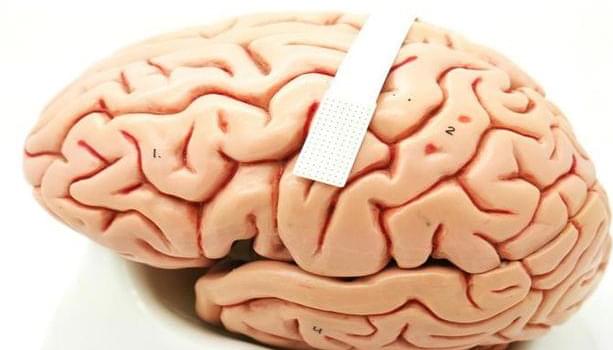The FDA has yet to approve any drugs for life extension. But biotech company Loyal is now a step closer to bringing one to market—for dogs.
“I think when you build a company from the ground up, and you’ve experienced real adversity, and you really experienced nearly going out of business several times, that feeling stays with you,” Huang said.
The fear of his chip empire tanking, Huang admitted, is a feeling he grapples with every morning when he wakes up.
“I don’t wake up proud and confident. I wake up worried and concerned,” Huang said as the audience laughed politely in response. “It just depends on which side of the bed you get out on.”
Subscribe: Google Podcasts | Spotify | Stitcher | RSS | More
Jim talks with recurring guest Ben Goertzel about the ideas in his paper Generative AI vs. AGI: The Cognitive Strengths and Weaknesses of Modern LLMs.
Sky News Australia investigates the dangers artificial intelligence poses against humans and the impending battle humanity faces.
The major phenotypes of inflammatory bowel disease (IBD) include ulcerative colitis (UC) and Crohn’s disease (CD), which cause debilitating symptoms, including bloody diarrhea, abdominal discomfort, and fever. Patients require life-long immunosuppressive medications, which cause adverse side effects as additional morbidity factors. However, IBD is initiated and perpetuated by inflammatory cytokines, and given that in patients with IBD myeloid lineage leukocytes are elevated with activation behavior and release inflammatory cytokines, selective depletion of elevated granulocytes and monocytes by granulomonocytapheresis is a relevant therapeutic option for IBD patients.
Therefore, a column filled with specially designed beads as granulomonocytapheresis carriers for selective adsorption of myeloid lineage leukocytes (Adacolumn) has been applied to treat patients with active IBD.
Newly discovered materials can be used to make better solar cells, batteries, computer chips, and more.
They are the most common type of planet observed in our Milky Way galaxy — two to three times the diameter of Earth but smaller than Neptune, and orbiting closer to their stars than our solar system’s innermost planet Mercury does to the sun.
A speech prosthetic developed by a collaborative team of Duke neuroscientists, neurosurgeons, and engineers can translate a person’s brain signals into what they’re trying to say.
Appearing Nov. 6 in the journal Nature Communications, the new technology might one day help people unable to talk due to neurological disorders regain the ability to communicate through a brain-computer interface.
“There are many patients who suffer from debilitating motor disorders, like ALS (amyotrophic lateral sclerosis) or locked-in syndrome, that can impair their ability to speak,” said Gregory Cogan, Ph.D., a professor of neurology at Duke University’s School of Medicine and one of the lead researchers involved in the project. “But the current tools available to allow them to communicate are generally very slow and cumbersome.”
An #AI tool that has discovered 2.2 million new materials, and helps to predict material stability.
AI tool GNoME finds 2.2 million new crystals, including 380,000 stable materials that could power future technologies.
Modern technologies from computer chips and batteries to solar panels rely on inorganic crystals. To enable new technologies, crystals must be stable otherwise they can decompose, and behind each new, stable crystal can be months of painstaking experimentation.
Today, in a paper published in Nature, we share the discovery of 2.2 million new crystals – equivalent to nearly 800 years’ worth of knowledge. We introduce Graph Networks for Materials Exploration (GNoME), our new deep learning tool that dramatically increases the speed and efficiency of discovery by predicting the stability of new materials.
But other scientists argue the structure can’t be that ancient—and that humans couldn’t have built it.









